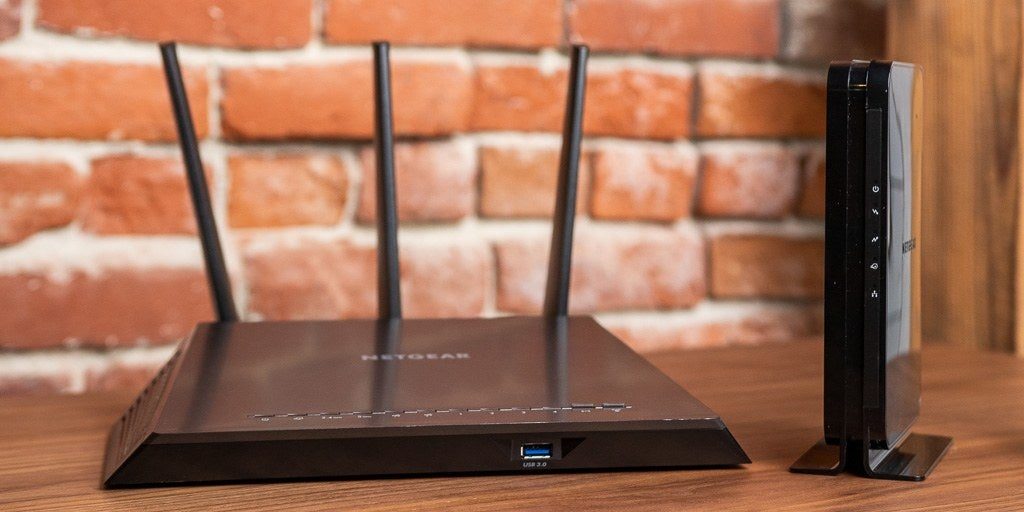A lot of people I know like to complain about their wireless routers on a regular basis. The signal isn’t strong enough, the connection drops all the time, network packets are intermittently dropped, etc. Their usual response to this is to buy new, but if you’ve already decided to go that route, why not have some fun with the old router first?
Most people with any know-how about their router will try tweaking the wifi settings on it to see if that helps at all. The REAL router-heads will even try upgrading the firmware from the manufacturer. However, one little-known fact about consumer-grade routers is that there are people out there developing unofficial firmware for common consumer-grade routers. I decided to go down this rabbit hole with my current router around 4 years ago and can safely say that it’s been running like a dream ever since.
A quick disclaimer: I am not advocating you try this unless you’re fine with potentially turning your router into a fancy paperweight. This is strictly a recommendation for someone who is at their wit’s end with their current router and has already committed to replacing it. Having said that, here’s a high-level overview of how it’s done:
- Figure out what model router you have. This isn’t always as obvious as you might think (mine was advertised as a Netgear Nighthawk AC1900, but its more official name is the Netgear R7000).
- Identify the IP address of your router. You can open a Command Prompt from the Start menu and run the command ipconfig /all to retrieve it. The router’s IP address will be shown in the Default Gateway field and will usually look something like 192.168.0.1 or 192.168.1.1. When in doubt, feel free to ask.
- Do some Googling for unofficial or alternate firmware for your specific router’s model. Once you’ve identified it, do some additional vetting to make sure it’s legitimate. I personally decided to run Tomato firmware on my R7000 (now known as FreshTomato).
- If the firmware developer has an official website or wiki, make sure you read through any and all documentation specific to your router. A lot of routers will have specific requirements for installing unofficial firmware on them.
- Once you’ve read through the documentation and gathered the necessary files, I’d recommend looking for some Youtube tutorials that are specific to your router model. Most documentation for this assumes you have prior knowledge/experience doing this sort of thing, so it’s helpful to see someone do it step-by-step.
- Try it out and hope you end up with a usable router! If not, be prepared to spend some money at Microcenter.
I will reiterate: do not attempt this unless you’re prepared to potentially make your router unusable! For most people, this should be a last resort attempt at making a router destined for the garbage heap into something functional.

